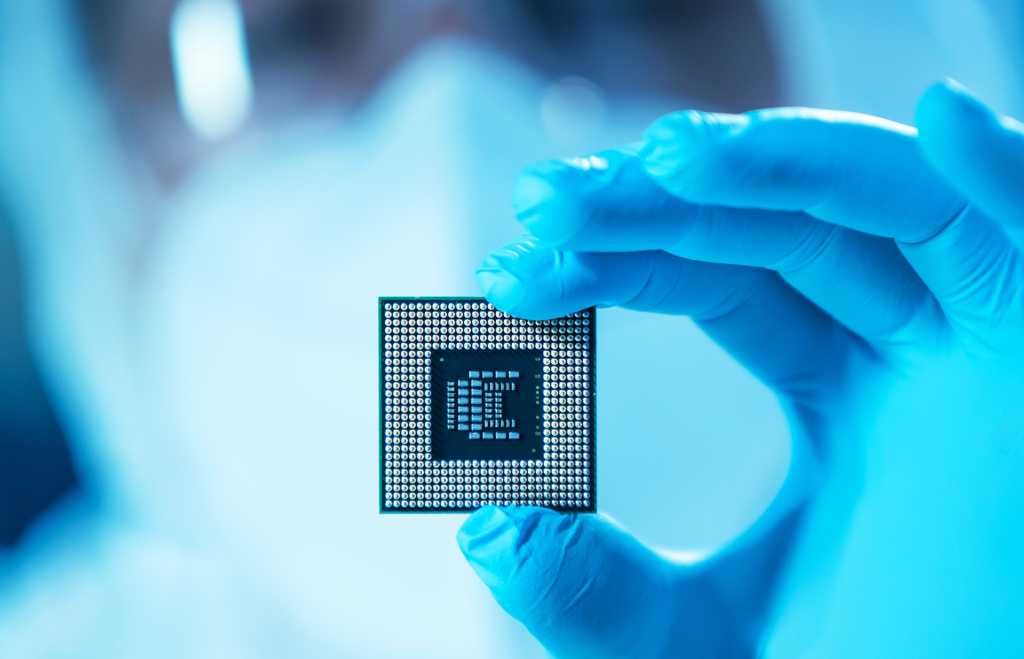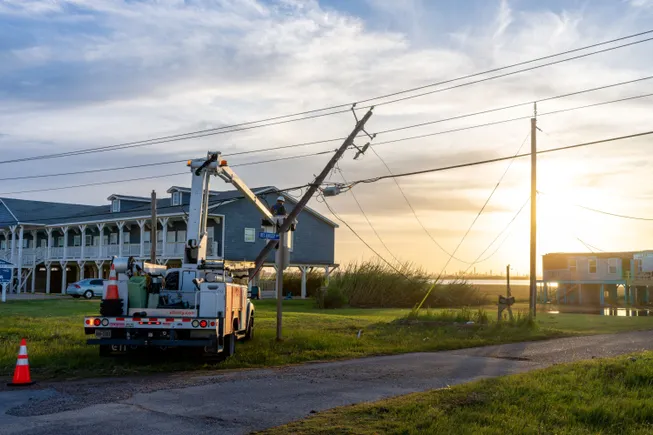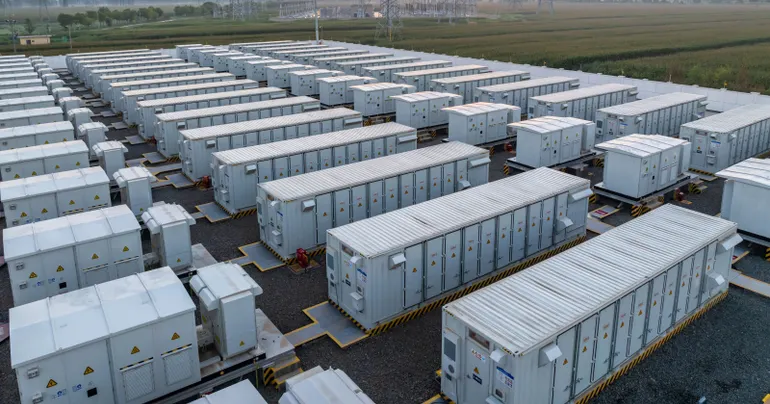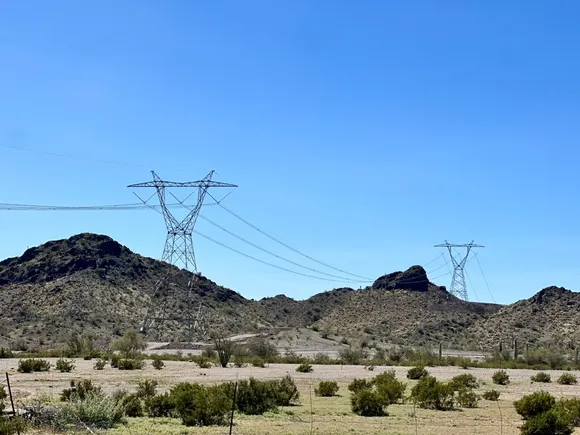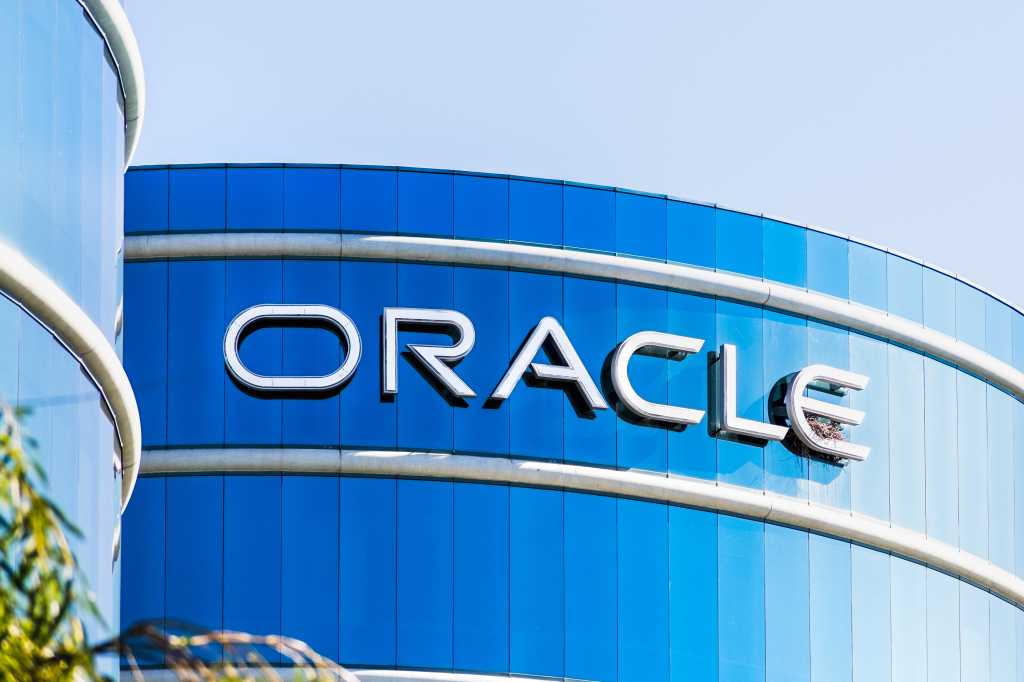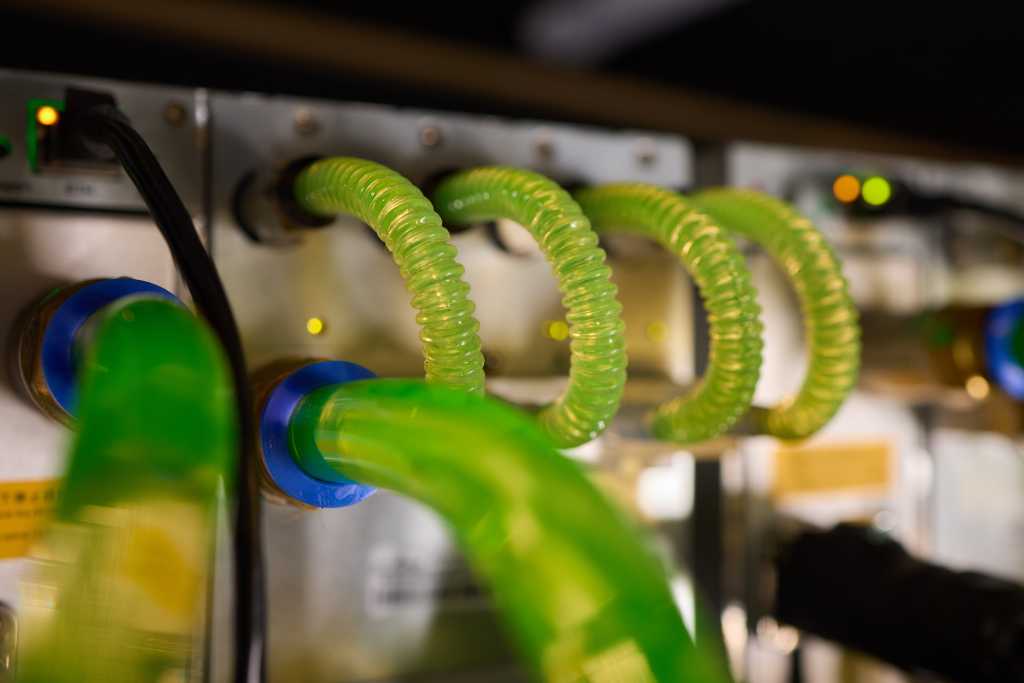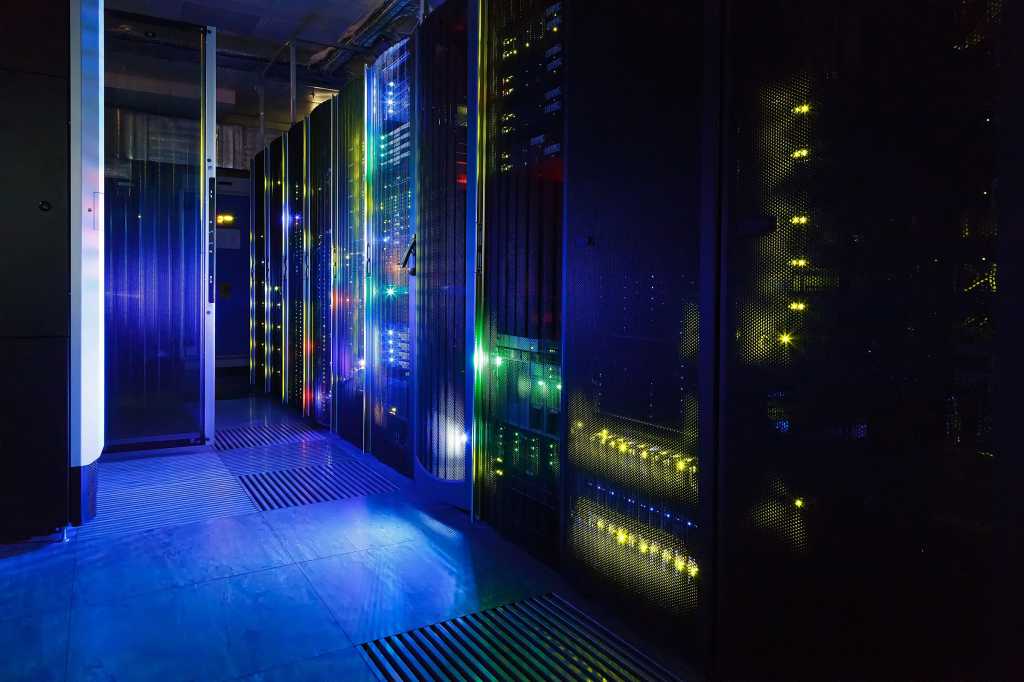
Eni SpA has put onstream the Merakes East field in the offshore part of the Kutei Basin in Indonesia, expecting net natural gas production of 100 million standard cubic feet a day (MMscfd) or about 18,000 barrels of oil equivalent per day (boed).
The tieback project is in the East Sepinggan block, operated by the Italian state-controlled energy major with an 85 percent stake. Indonesia’s state-owned PT Pertamina owns 15 percent.
Merakes East has a water depth of 1,600 meters (5,249.34 feet). It sits about 10 kilometers (6.21 miles) from the Merakes field, which Eni put online 2021. Merakes East and Merakes are tied back to the Eni-operated Jangkrik Floating Production Unit (FPU), which is about 50 kilometers away, according to Eni.
After being processed on the FPU, the gas will be transferred via a pipe network to be supplied to the domestic market and PT Badak LNG’s Bontang liquefaction plant, whose output is for both domestic and international markets, Eni said.
“The start-up of Merakes East is another important step of Eni’s broader strategy to valorize the considerable gas resources held in Indonesia’s prolific Kutei Basin”, it said in an online statement.
“Over the last few years, following significant exploration successes and acquisitions, Eni has positioned itself as the main operator of the Kutei basin and one of the key players in Indonesia’s gas market; the company expects to produce up to 2 BCFD [billion cubic feet a day] of gas and 90,000 bopd of condensate with the start-up of the North Hub and the Gendalo-Gandang fields”, Eni added.
Gendalo and Gendang are part of the Ganal Production Sharing Contract (PSC). Ganal PSC is part of the Indonesia Deepwater Development project (IDD). In 2023 Eni acquired Chevron Corp.’s operated stakes in IDD blocks Ganal and Rapak, as well as the Makassar Straits PSC. The transaction resulted in Eni raising its interest in Ganal and Rapak from 20 percent to 82 percent and acquiring a 72 percent ownership in the Makassar Straits block.
Last year Indonesia approved Eni’s plans of development (POD) for Gendalo and Gendang, the Geng North field in the separate North Ganal PSC and the Gehem field in the Rapak PSC. The Southeast Asian country also extended the two IDD licenses by 20 years.
“Eni is therefore set to establish a significant gas and condensates production of approximately 2 bcf/d of gas and 80,000 bopd of condensates in the East Kalimantan region, both for domestic and international market, leveraging synergies with existing facilities in the area, such as the Bontang LNG Plant and the Jangkrik Floating Production Unit”, Eni said in a press release August 23, 2024.
“The Northern Hub POD envisages the development of the 5 TCF [trillion cubic feet] gas and 400 million barrels of condensates of the Geng North discovery announced by Eni in October 2023, along with the 1.6 TCF of the nearby Gehem discovery via subsea wells, flowlines and a new built FPSO [floating production and offloading vessel] with a handling capacity of about 1 BCFD gas and 80,000 barrels of condensates per day and a storage capacity of 1 Million barrels”.
“The approved Gendalo&Gandang POD envisages the development of the cumulative 2 TCF gas reserves in the Ganal PSC via subsea wells tied back to the Jangkrik FPU”, Eni added. “The development of Gendalo&Gendang will allow to extend Jangkrik’s gas production plateau, which nears 750 mmscf/d, by at least 15 years”.
To contact the author, email [email protected]
What do you think? We’d love to hear from you, join the conversation on the
Rigzone Energy Network.
The Rigzone Energy Network is a new social experience created for you and all energy professionals to Speak Up about our industry, share knowledge, connect with peers and industry insiders and engage in a professional community that will empower your career in energy.
MORE FROM THIS AUTHOR


